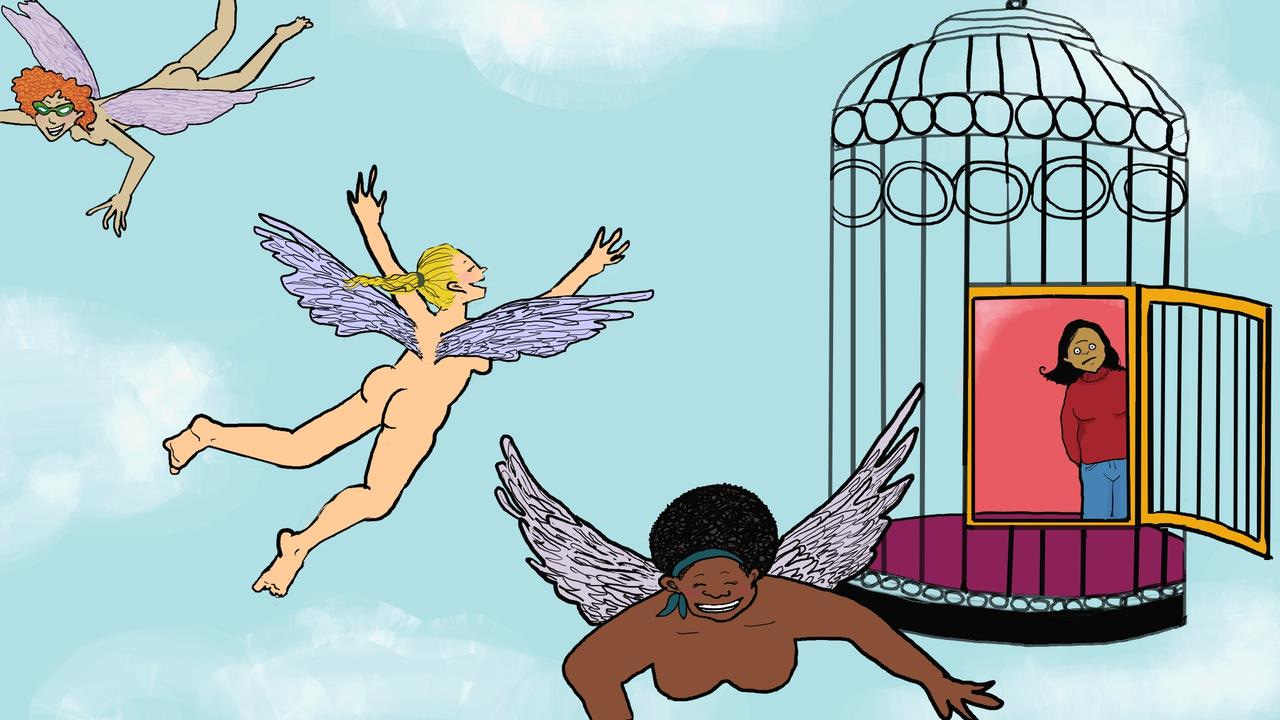When Sex Won’t Work
When my first boyfriend literally couldn’t penetrate me, I assumed we were just doing it wrong. But I was actually living with a rare and confounding condition that made sex impossible.

Illustrations by Ayun Halliday
Having developed a paranoia-inducing “Law & Order” obsession, I used to imagine a medical examiner describing my thirty-two-year old corpse: “No, there are no signs of a sexual assault. The victim is a virgin.” Da dum dum.
I didn’t make love to the first boy I made out with — not when I was sixteen, as we kissed on a stone high-school bench; not six years later; or when the two of us lounged in the turquoise seascape of our Turkish Riviera honeymoon; and not at any time in between.
We tried dozens of times to have sex, but I was impenetrable. Romantic, lusty, playful, slow: Neither setting nor method seemed to make a dent. He’d conquered lovers before me, but I was a fortress.
I wondered if my conservative Hindu upbringing could have made me fearful of intimacy. I devoured Anaïs Nin and Henry Miller, admired the erotic Hindu temple sculptures of Khajuraho, and earned hundreds of frequent-shopper points at Victoria’s Secret. I was curious about sex, but my ow…
Keep reading with a 7-day free trial
Subscribe to Narratively to keep reading this post and get 7 days of free access to the full post archives.


